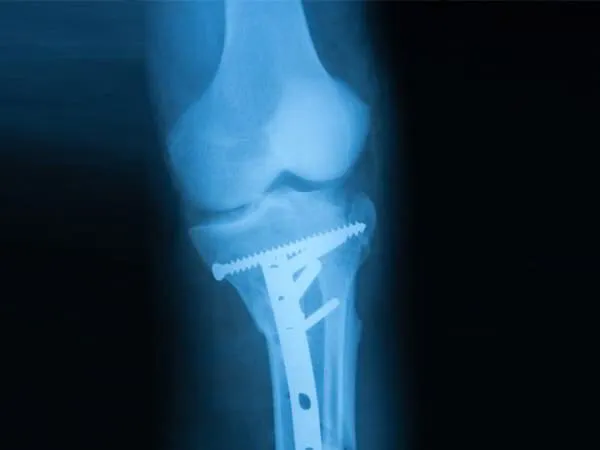Knee Osteotomy
Home / Area of Specialty / Knee / Knee Osteotomy
What is Knee Osteotomy?
Knee osteotomy is a surgical procedure in which the upper part of shinbone (tibia) or lower part of thighbone (femur) is cut and realigned. There are several reasons to have this procedure done, including arthritis, bowing in the bones, or if you would like to advance your sport by changing the alignments of your bones.
Knee Osteotomy Procedure
The high tibial osteotomy (HTO) is the most common type of osteotomy performed for the treatment of arthritic knees. After general anesthesia is administered, your surgeon will use an X-ray, CT scan or 3D computer modelling to remove a bone wedge of the tibia and then secure a bone graft in its place.
To reconstruct a knee that has developed
osteoarthritis, a surgeon must reduce the damaged
bone wedge at the end of the femur, above and below
the knee. During this procedure, bone and cartilage
are removed from underneath the kneecap with an
oscillating saw, while preserving the outer layer of
cartilage on the outside of your thighbone.
A metal plate is then attached to the top of bony pedicle and connected with screws on either side to hold it in place. Finally, the soft tissue around your knee is closed with sutures made from absorbable materials.
What are the risks of a knee osteotomy?
- Blood clots
- Infection
- Injury to surrounding nerves and blood vessels
- Failure for the osteotomy to heal, or delay in the healing

